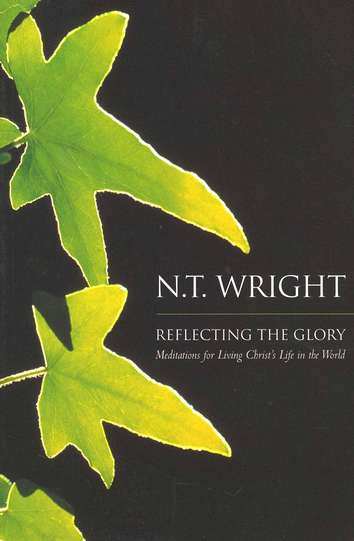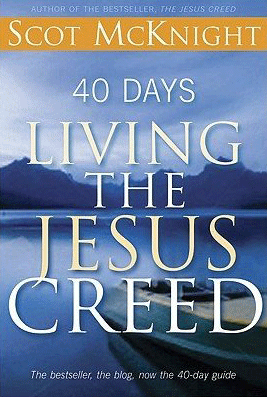
Excerpted from “The Cross and the Cellar” by Morton T. Kelsey (as found in Bread and Wine: Readings for Lent and Easter)
Let us look at some of the people who brought Jesus of Nazareth to crucifixion. They were not monsters, but ordinary men and women like you and me.
Pilate receives most of the blame for Jesus’ death, and yet Pilate didn’t want to crucify the man. Why did Pilate condemn Jesus? Because Pilate was a coward. He cared more about his comfortable position than he did about justice. He didn’t have the courage to stand for what he knew was right. It was because of this relatively small flaw in Pilate’s character that Jesus died on a cross. Whenever you and are willing to sacrifice someone else for our own benefit, whenever we don’t have the courage to stand up for what we see is right, we step into the same course that Pilate took.
And Caiaphas, was he such a monster? Far from it. He was the admired and revered religious leader of the most religious people in that ancient world. He was the High Priest. His personal habits were impeccable. He was a devout and sincerely religious man. Why did he seek to have Jesus condemned? He did it for the simple reason that he was too rigid. He thought that he had to protect God from this man, thought he had to protect the Jewish faith, and so he said: “It is good for one man to die instead of a nation being destroyed.” Caiaphas’s essential flaw was that he thought he had the whole truth. People who have fought religious wars, those who have persecuted in the name of religion, have followed in his footsteps. Those who put their creeds above mercy and kindness and love, walk there even now.
Why did Judas betray his master? He wasn’t interested in the thirty pieces of silver, at least not primarily. Judas had wanted Jesus to call upon heavenly powers, to take control of the situation and throw the Romans out of Palestine. When he failed to do this, Judas no longer wanted anything to do with him. Judas’ fault was that he couldn’t wait. When we can’t wait and want to push things through, when we think we can accomplish a noble end by human means, we are just like Judas.
Then there was the nameless carpenter who made the cross. He was a skilled workmen. He knew full well what the purpose of that cross was. If you questioned him he probably would have said: “But I am a poor man who must make a living. If other men use it for ill, is it my fault?” So say all of us who pursue jobs which add nothing to human welfare or which hurt some people. Does the work I do aid or hinder human beings? Are we cross makers for our modern world? There are many, many of them.
These were the things that crucified Jesus on Friday in Passover week A.D. 29. They were not wild viciousness or sadistic brutality or naked hate, but the civilized vices of cowardice, bigotry, impatience, timidity, falsehood, indifference – vices all of us share, the very vices which crucify human beings today.





